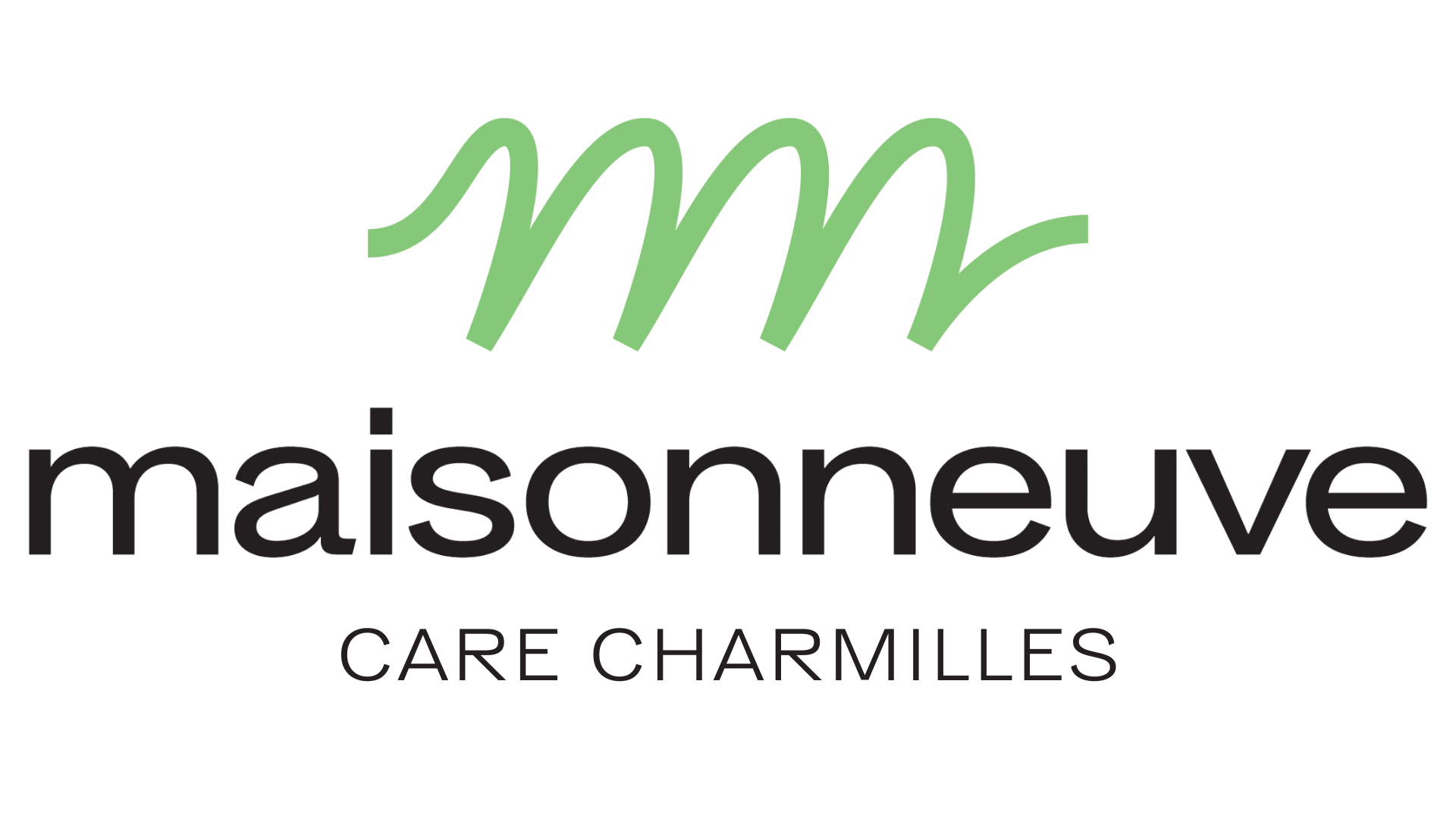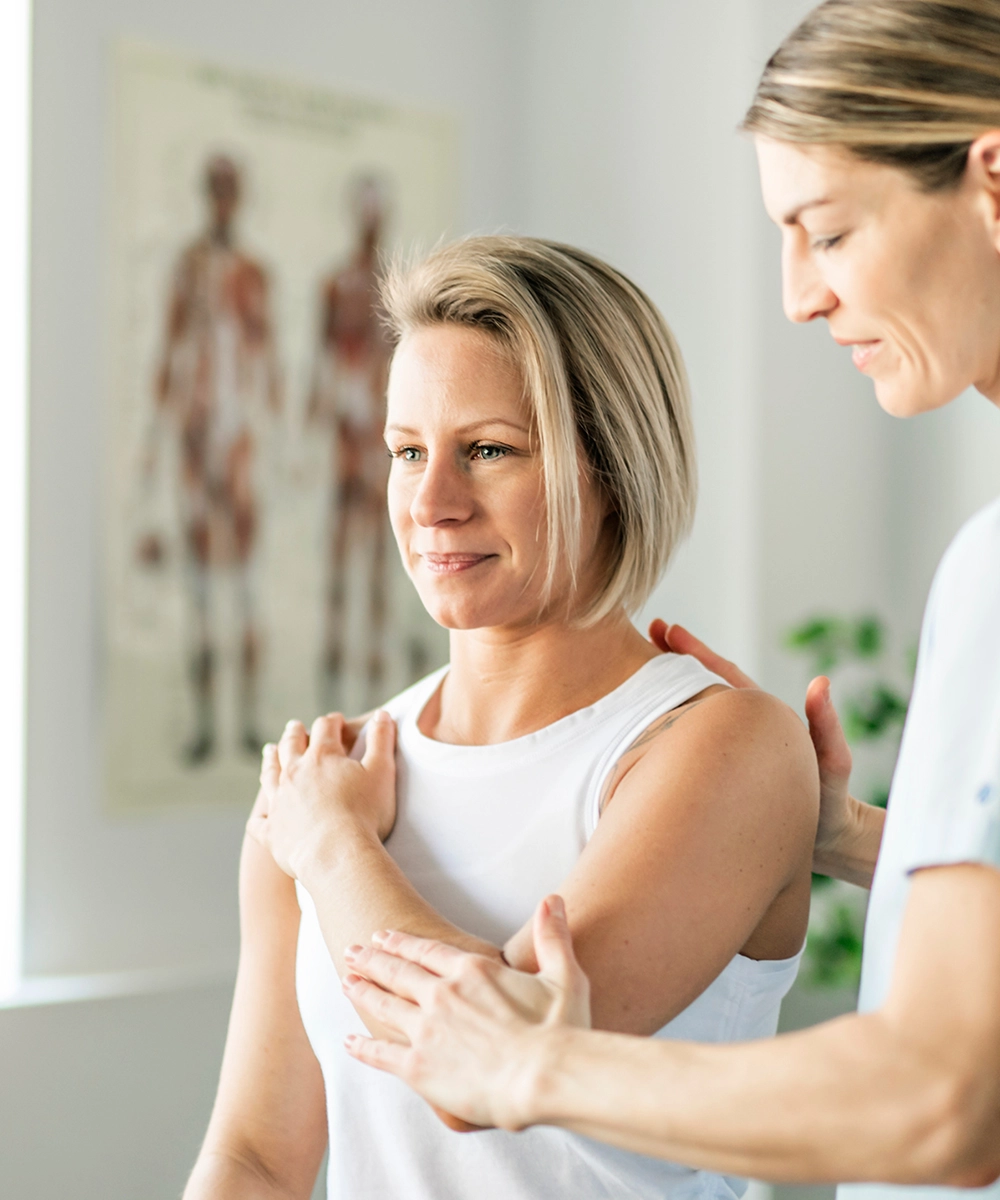Knee physiotherapy in Geneva
What is knee physiotherapy?
Knee physiotherapy is a specialized discipline of physiotherapy that focuses on the assessment, treatment and rehabilitation of knee-related problems. It is often prescribed to treat various conditions such as ligament injuries, meniscal lesions, osteoarthritis, sprains, fractures, gonarthrosis, gonalgia or after prosthesis or other knee surgeries.
Knee physiotherapy programs aim to reduce pain, improve mobility, strengthen the muscles around the joint, and restore normal knee function.

What are the benefits of knee physiotherapy?
- Pain reduction: physiotherapy programs often include techniques aimed at relieving pain, whether through specific exercises, treatment modalities (such as cold or heat therapy), or relaxation techniques.
- Improving mobility: physiotherapy aims to restore and increase knee mobility, essential for daily activities and optimal joint function.
- Muscle strengthening: muscle strengthening exercises target the muscles around the knee, helping to stabilize the joint, prevent injury and improve overall strength.
- Post-operative rehabilitation: for those who have undergone knee surgery, physiotherapy is essential to promote recovery, minimize complications and restore normal knee function.
- Improved stability: knee physiotherapy programs focus on improving joint stability, thus reducing the risk of falls and new injuries.
- Managing osteoarthritis: physiotherapy can help manage osteoarthritis by strengthening surrounding muscles, improving mobility and providing strategies to alleviate pain.
- Injury prevention: by teaching preventive exercises, posture advice and stretching techniques, physiotherapy can help prevent future injuries.
- Improved quality of life: by working to reduce pain, improve function and promote independence, physiotherapy contributes to a better quality of life for people with knee problems.

How is a patient treated for knee rehabilitation?
The first session is an assessment session. This session is used to get to know the patient, his or her history, limitations and objectives.
The physiotherapist then draws up a joint and muscle assessment, as well as a number of functional tests based on the pathology described by the doctor and the patient. At the end of the assessment, the physiotherapist sets objectives and guidelines for the rehabilitation sessions to follow.
Subsequent sessions may include specific exercises, stretching, muscle-strengthening techniques, as well as advice on posture and injury prevention. The overall aim is to optimize recovery and improve patients' quality of life.
Please note: In order for your basic insurance to cover your sessions, your first session must take place within 5 weeks of your physiotherapy voucher being issued. Moreover, the voucher is no longer valid after 3 months, so your appointments must be made within this period.
What equipment is used in knee rehabilitation?
Knee rehabilitation uses a variety of equipment, including elastic bands, bicycles, ellipticals, Alter G, isokinetics, balance platforms, treadmills, electrostimulation, cryotherapy machines and weightlifting bars.
The choice of equipment depends on the patient's specific needs, and physiotherapists adapt rehabilitation programs accordingly.




























